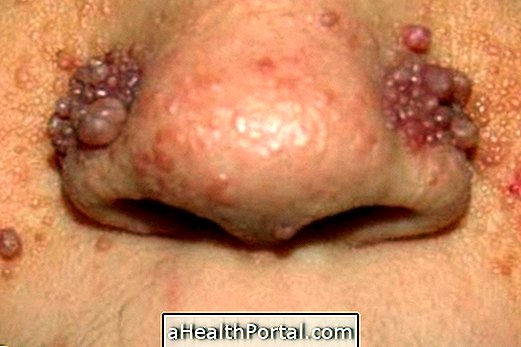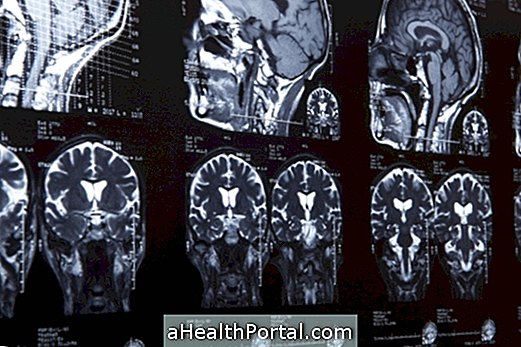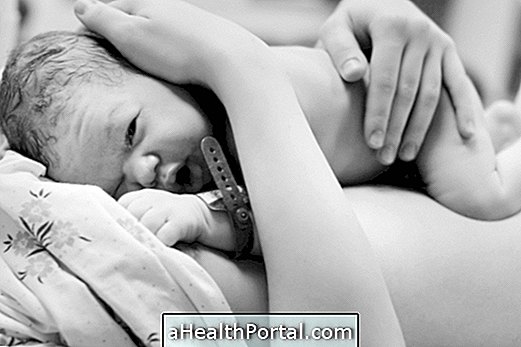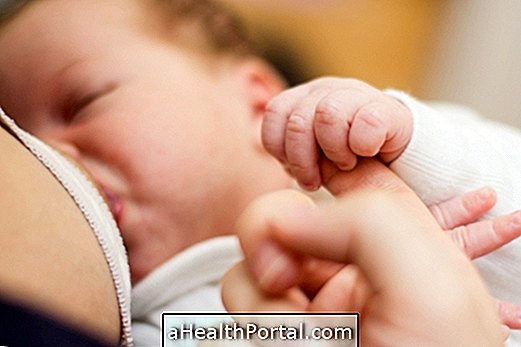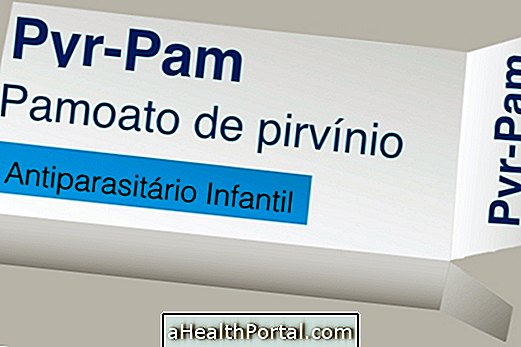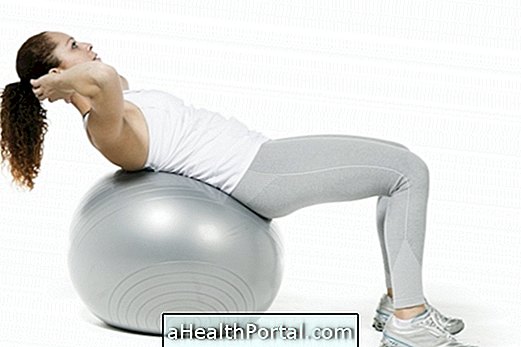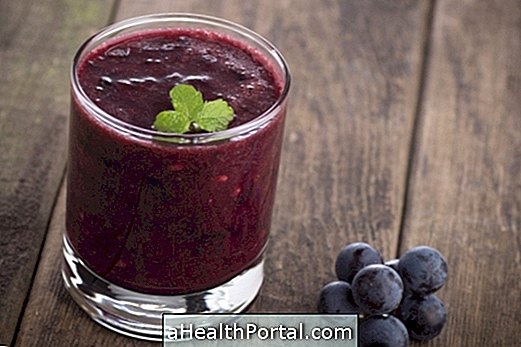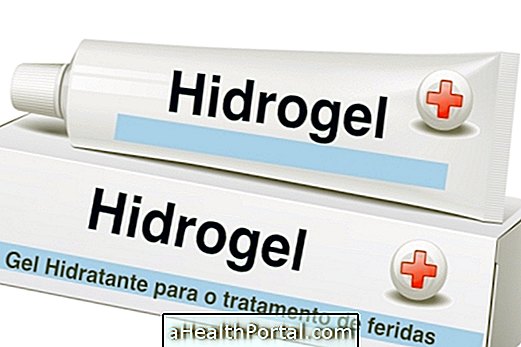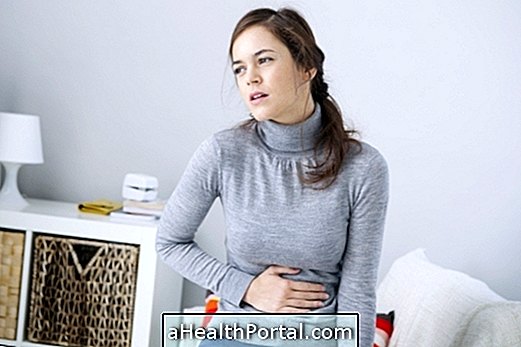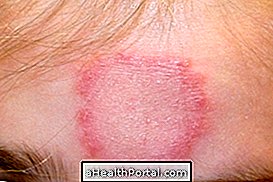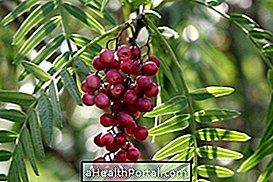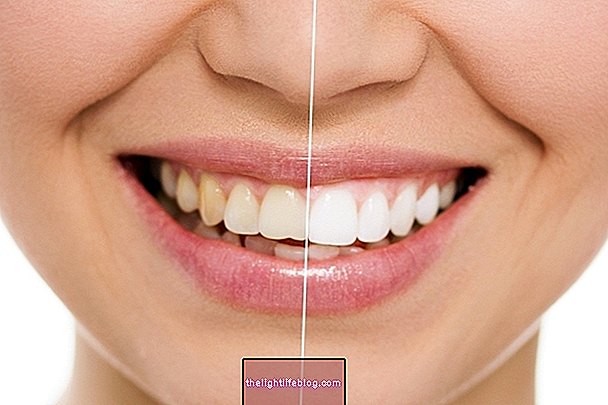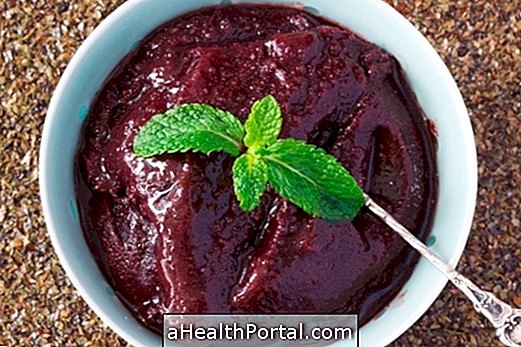Breast dysplasia, also called benign functional breast change or benign fibrocystic breast change, is characterized by changes in the breasts, such as pain, swelling, thickening and nodules that usually increase in the premenstrual period due to the variation of hormones feminine.
In most cases, breast dysplasia does not need treatment, as symptoms improve after menstruation. However, if the symptoms are very uncomfortable, the doctor may recommend the use of painkillers or anti-inflammatory drugs, in addition to vitamin E supplementation in some cases.

Main symptoms
Symptoms of breast dysplasia are more common to be noticed in the premenstrual period, because there is a greater change in hormone levels that may end up having an action on the breasts, resulting in the accumulation of fluid in the breast tissues and leading to the appearance of signs and symptoms, the main ones being:
- Pain in the breasts;
- Swelling of the breasts;
- Hardening of the breasts;
- Breast tenderness;
- Development of breast nodules.
Breast dysplasia usually occurs after adolescence, being more frequent in women who do not have children. During breastfeeding, breast dysplasia improves and may recur at menopause, especially if the woman is not undergoing hormone replacement.
Can breast dysplasia turn into cancer?
Breast dysplasia does not lead to cancer, because it is characterized by changes caused by the accumulation of fluids in the breast tissue that result in inflammatory signs and symptoms, with no changes in cells being observed, which could increase the risk of cancer.
However, in the presence of breast nodules identified during the self-examination, it is important to consult the gynecologist or mastologist so that a more detailed assessment can be made and the characteristics of this nodule can be identified and, thus, to conclude whether it is benign or not. See when a lump in the breast can be severe.
Treatment for breast dysplasia
Breast dysplasia is not a disease and, therefore, there is no treatment. However, the symptoms can be quite uncomfortable and, therefore, the gynecologist may recommend the use of hormonal medications and analgesic and anti-inflammatory drugs such as Paracetamol or Ibuprofen, which help to alleviate the symptoms. In the case of large nodules, the doctor may also aspirate the nodule contents, which can also promote symptom relief.
In addition, the doctor may also prescribe a vitamin E supplement to complement the treatment, as this vitamin helps in the production and balance of female hormones. Alternatively, women can also increase their consumption of foods rich in vitamin E, such as wheat germ oil, sunflower seeds or hazelnut, for example. Check out which foods are rich in vitamin E.
To relieve pain and symptoms, it is also important that women avoid foods with salt and caffeine, such as coffee, chocolates, tea and coca-cola, increase fluid intake and wear wide bras that support the breasts better.
Was this information helpful?
Yes No
Your opinion is important! Write here how we can improve our text:
Any questions? Click here to be answered.
Email in which you want to receive a reply:
Check the confirmation email we sent you.
Your name:
Reason for visit:
--- Choose your reason --- DiseaseLive betterHelp another personGain knowledge
Are you a health professional?
NoMedicalPharmaceuticalsNurseNutritionistBiomedicalPhysiotherapistBeauticianOther
Bibliography
- PAULISTA INSTITUTE OF GYNECOLOGY AND OBSTETRICS. Chapter 16 - Breasts (Breast Dysplasia; Fibrocystic Mastopathy - Self-Examination). Available in: . Accessed on 01 Mar 2021
- VHL. Symptoms and signs: pain, nodules and secretions. Available in: . Accessed on 01 Mar 2021

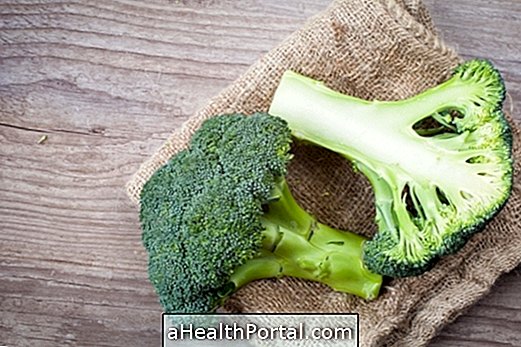
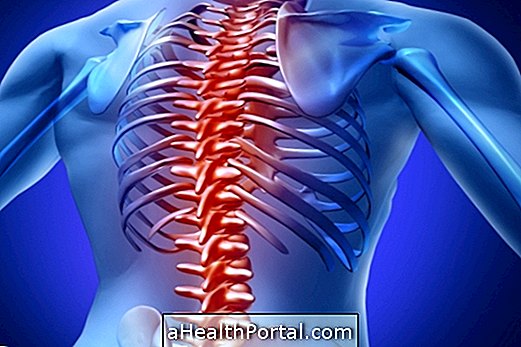
.jpg)
